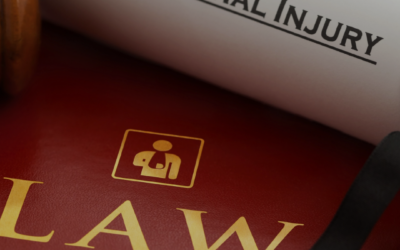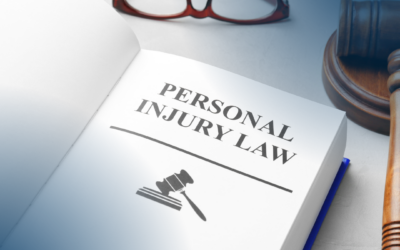Securing Justice: Navigating Legal Rights in Public Property Injury Cases
Unexpected incidents and injuries are possibilities in various settings, even on public premises. Understanding legal rights in such situations is crucial for those affected. Here’s a comprehensive exploration of legal considerations regarding injuries on public property:
- Duty of Care:
Public entities, such as municipalities or government agencies, must maintain public spaces reasonably safe. This duty extends to sidewalks, parks, government buildings, and publicly accessible areas.
- Premises Liability:
Injuries occurring on public property fall under premises liability law. Property owners, including public entities, are responsible for maintaining safe conditions. If negligence is proven, victims may be entitled to compensation.
- Notice Requirements:
In some cases, a plaintiff may need to demonstrate that the entity responsible for the public property was aware or should have been aware of the hazardous condition. Promptly reporting and documenting the incident can strengthen a legal case.
- Governmental Immunity:
Public entities are often protected by governmental immunity, which limits their liability in certain situations. However, exceptions may apply, especially in gross negligence or willful misconduct cases.
- Timely Filing of Claims:
Statutes of limitations apply to filing claims against public entities. Individuals must adhere to specific timelines when pursuing legal action for injuries sustained on public property. Consulting with an attorney promptly after an incident is advisable.
- Negligence:
Proving negligence is crucial in public property injury cases. This entails illustrating that the party at fault violated their obligation to exercise care, and this violation directly led to the injuries sustained.
- Dangerous Conditions:
A hazardous condition on public property can result from poor maintenance, lack of warning signs, or other neglectful practices. Identifying and proving the existence of a dangerous condition is pivotal in establishing liability.
- Comparative Fault:
In certain legal jurisdictions, their compensation could be diminished if the injured party is deemed partially responsible for the incident. Understanding the principles of comparative fault is essential for individuals seeking legal remedies.
- Inadequate Security:
Public property owners are also responsible for providing adequate security in certain situations. Inadequate security leading to an injury may be grounds for legal action.
- Acts of Third Parties:
If the injury stems from the unlawful actions of a third party, the property owner’s liability may hinge on foreseeability and the adequacy of security measures in place.
Navigating legal rights regarding injuries on public property involves a nuanced understanding of premises liability, governmental immunity, and negligence principles. Obtaining guidance from an experienced attorney specializing in personal injury law is crucial for individuals pursuing justice and compensation for injuries sustained in public spaces.



